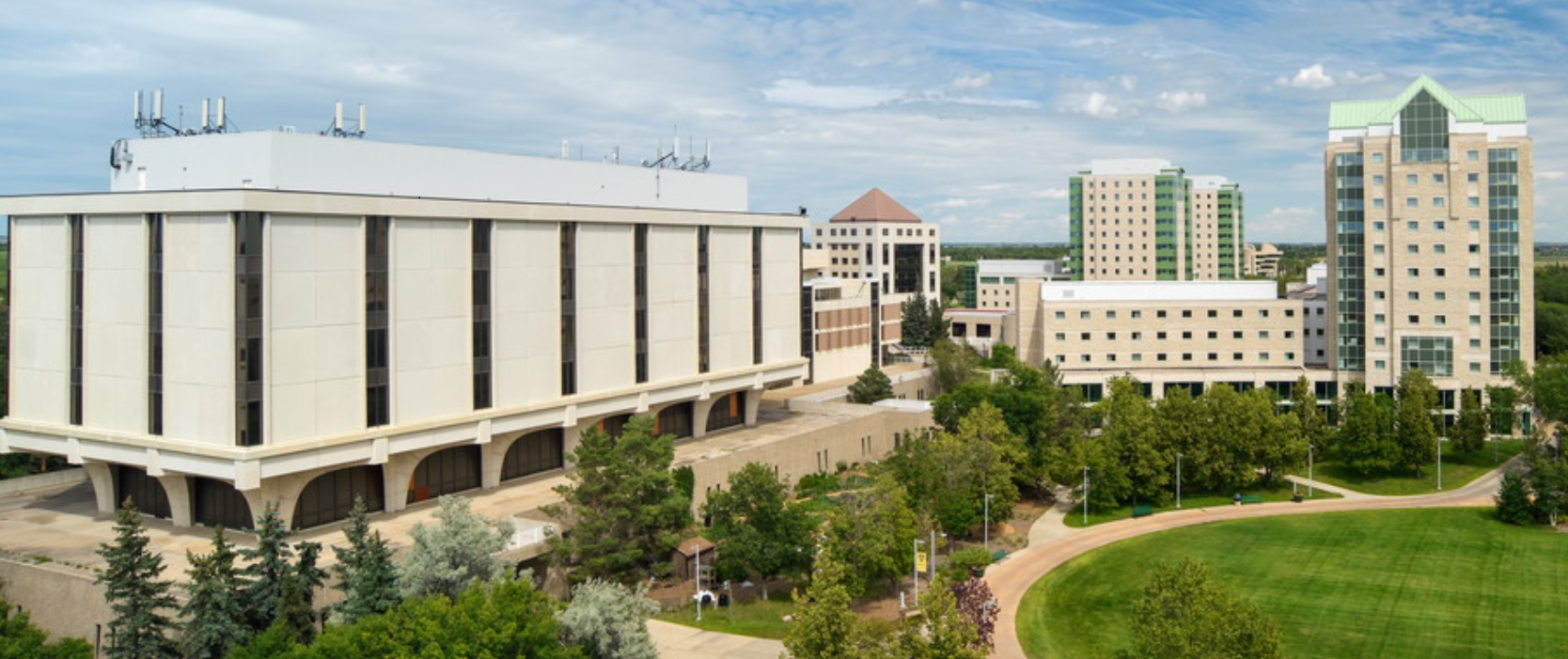The Government of Canada’s recent funding announcements mark a significant milestone in Newfoundland and Labrador’s transition to a clean energy economy, particularly in Labrador West. With investments targeting both infrastructure expansion and critical mineral exploration, the region is being positioned as a hub for sustainable mining and green technology supply chains. Here’s a closer look at the implications of these investments, from enhanced transmission capacity to the support for clean technology-driven mining operations.
Upgrading Transmission Capacity: A New Era for Labrador West’s Mining Sector
To support the mining sector’s growth in Labrador West, the Government of Canada has allocated over $660,000 through its Smart Renewables and Electrification Pathways Program (SREPs). This funding enables Newfoundland and Labrador Hydro to upgrade the 735-kilovolt transmission line that links Churchill Falls and Labrador West, a critical artery for transporting renewable hydroelectric power. The enhanced transmission capacity will help eliminate current energy constraints, enabling a higher volume of clean energy to reach industrial operations in the area.
Jennifer Williams, President and CEO of Newfoundland and Labrador Hydro, emphasized the potential benefits, stating, “Ensuring NL Hydro’s industrial customers in Labrador West have access to this clean electricity will further reduce carbon intensity, support Canada’s climate policy and green global supply chains.” By addressing current infrastructure limitations, the transmission upgrade will bolster energy reliability for local industries, supporting both existing iron ore mining operations and future critical mineral projects. This increased reliability aligns with Canada’s broader climate objectives, positioning the province as a key player in North America’s sustainable resource supply chain.
Investing in Critical Minerals: Building the Foundations for Green Technology
In addition to infrastructure upgrades, Canada’s government is bolstering critical mineral exploration in Newfoundland and Labrador with $1 million in funding through the Critical Minerals Geoscience Data (CMGD) initiative. This funding, directed to the Geological Survey of Newfoundland and Labrador, will generate new geoscience data on cobalt, copper, nickel, and platinum resources, which are essential for manufacturing renewable technologies, such as solar panels and electric vehicle batteries.

Andrew Parsons, Newfoundland and Labrador’s Minister of Energy, expressed optimism about the region’s mineral wealth, noting, “Labrador West has significant critical mineral potential that can support the Canadian and global transition to a green economy.” This focus on sustainable development is timely, as critical minerals play a vital role in clean technologies. The data generated through the CMGD initiative will guide responsible exploration and development, ensuring that Labrador West’s resources are tapped in a way that balances economic benefits with environmental stewardship.
Strengthening Green Industrial Processes and Supply Chains
Newfoundland and Labrador’s reliance on renewable energy is already a core advantage in supporting low-carbon industrial operations. As of 2023, 92% of the province’s electricity comes from net-zero renewable sources, mainly hydropower, which offers a clean energy foundation for industries across the region. This renewable energy base is especially beneficial for mining operations in Labrador West, where high-purity iron ore supports green-steel supply chains aimed at reducing carbon emissions in steel production.
As demand grows for “green steel” in global supply chains, Labrador West’s renewable-powered infrastructure could give Canadian steel producers a competitive edge. Williams underscored this advantage, explaining how expanding access to Labrador’s clean energy resources will “create significant benefits to the region, the province, and Canada.” With global corporations increasingly focusing on sustainability in their supply chains, Labrador West’s potential as a green-industrial hub aligns well with both national and international priorities.
Boosting Economic Resilience and Environmental Responsibility
The combined investments in transmission capacity and critical mineral exploration represent a strategic approach to supporting economic resilience in Newfoundland and Labrador while advancing environmental goals. By ensuring clean, reliable electricity for the region’s energy-intensive industries, the transmission upgrade mitigates potential disruptions, allowing businesses to operate with lower carbon intensity and increased efficiency. Meanwhile, by funding geoscience data on critical minerals, the government aims to attract investments in responsible mining operations that adhere to high environmental standards.
Labrador West’s resource-rich landscape, coupled with these recent funding initiatives, sets the stage for the region to play an influential role in Canada’s green economy. As clean technology sectors continue to expand globally, Canada’s support for resource development in Labrador will help the region become a provider of choice for industries aiming to reduce their environmental footprints.
Climate Insider Analysis
These government initiatives underscore Newfoundland and Labrador’s pivotal role in Canada’s sustainable development efforts. Key insights from the investment include:
- Strategic Infrastructure Expansion: The 735-kilovolt transmission upgrade will address energy constraints and enhance the reliability of clean energy supply for Labrador West’s mining sector.
- Critical Mineral Potential: The CMGD funding will support sustainable exploration, particularly for minerals critical to green technologies, boosting Labrador West’s role in global clean tech supply chains.
- Renewable-Driven Industrial Base: With over 90% of its energy from renewable sources, the province has a unique advantage in developing green industrial processes, especially in steel production, which could position Canada as a leader in green manufacturing.
- Economic and Environmental Impact: These investments align with Canada’s broader climate policies, balancing economic growth in resource-rich Labrador West with a low-carbon industrial framework that supports both local and global sustainability goals.
With continued federal support, Newfoundland and Labrador’s infrastructure and mineral resources could become cornerstones of the clean energy and technology sectors. By advancing clean energy and supporting critical mineral development, Canada is positioning Labrador West as a leader in the global shift toward sustainable industrial practices.
Source: Canadian Manufacturing
Featured Image: Credit: ABC








